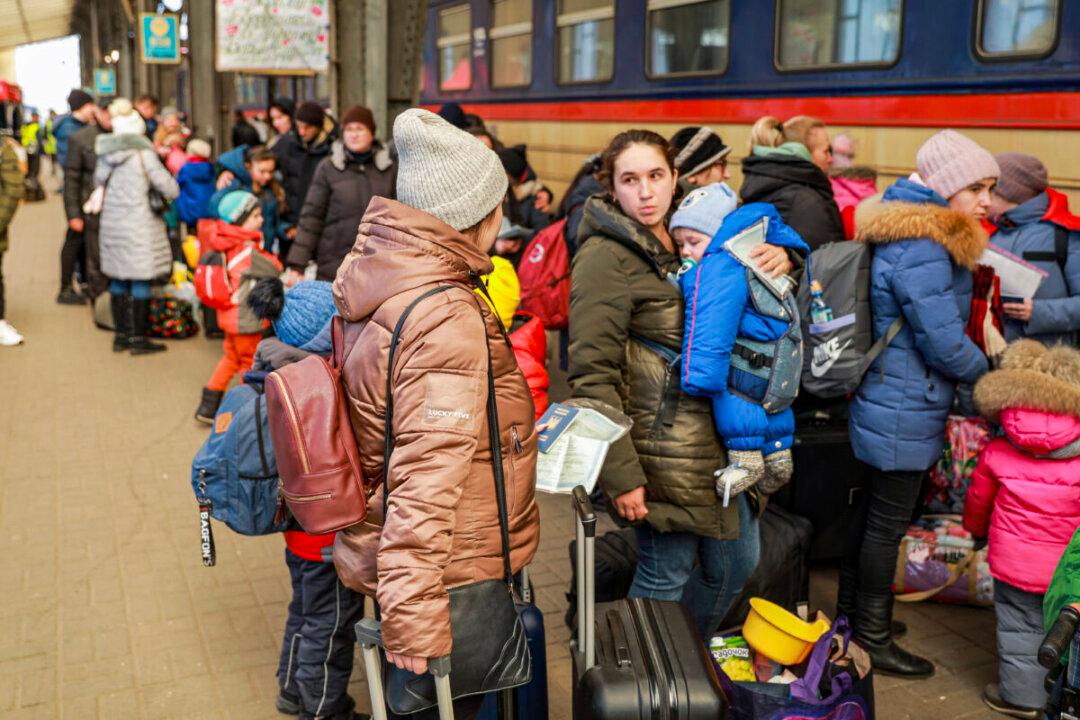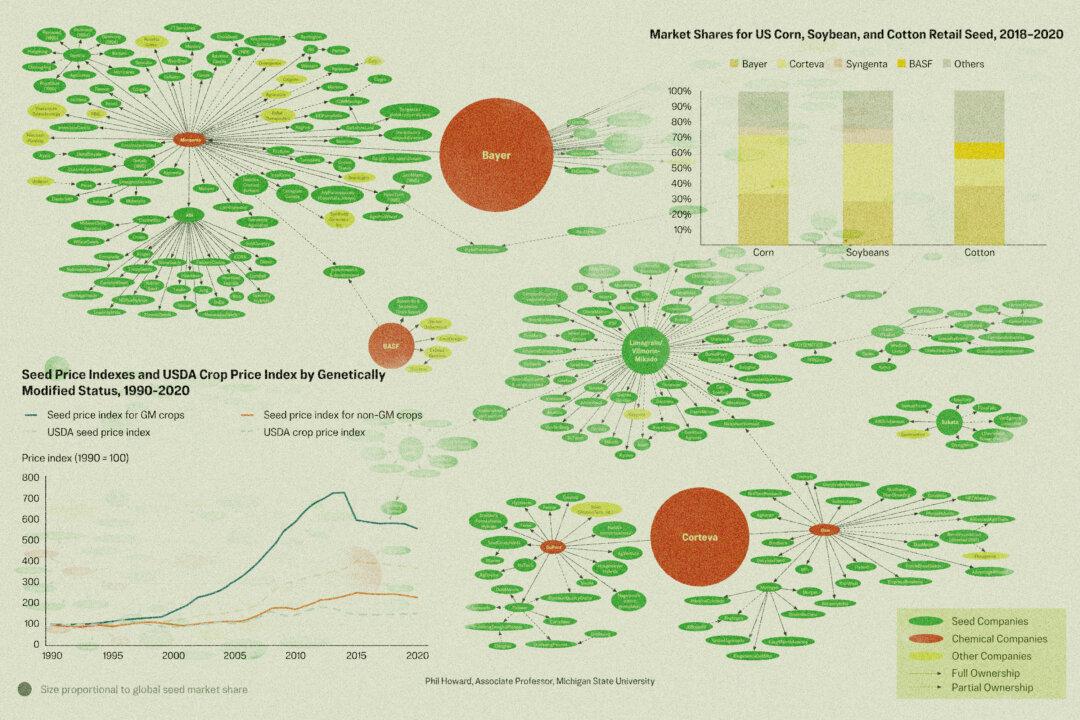The tidal wave of Ukrainians displaced by Russia’s conflict continues spilling into border nations and other countries, surpassing more than 3 million people since the invasion began on Feb. 24.
At 1.5 million, nearly half of the refugees fleeing the country are children while 9 out of 10 people escaping are either women or minors, according to United Nations data.





